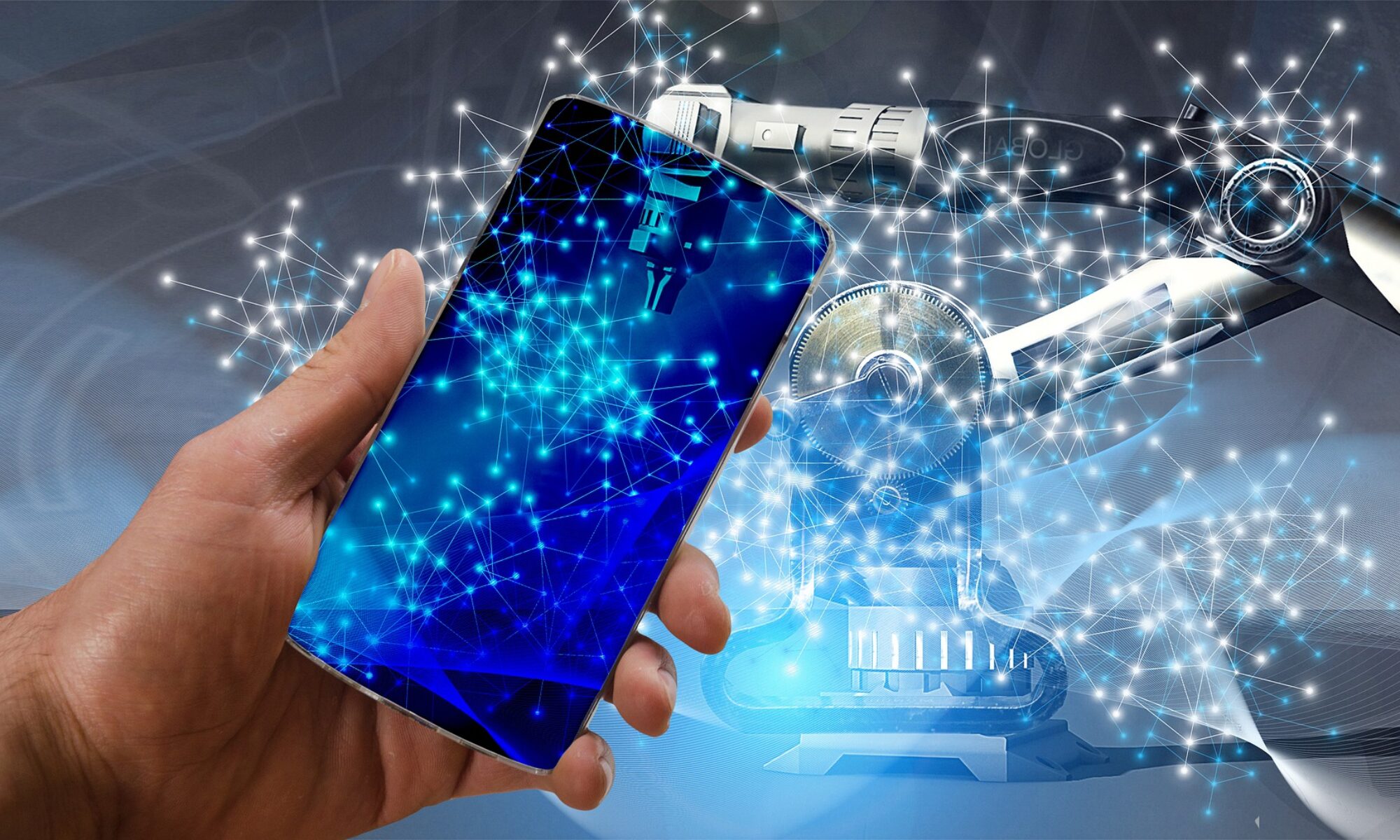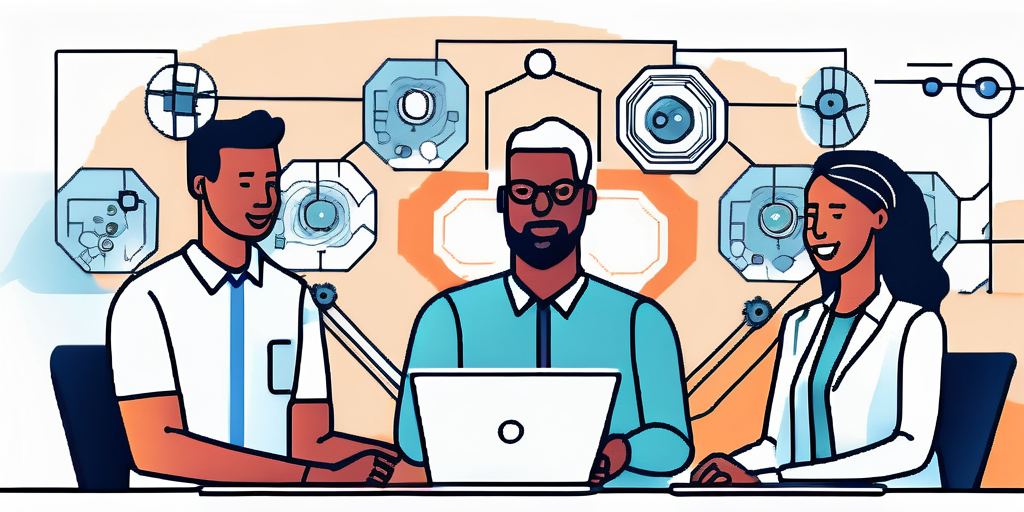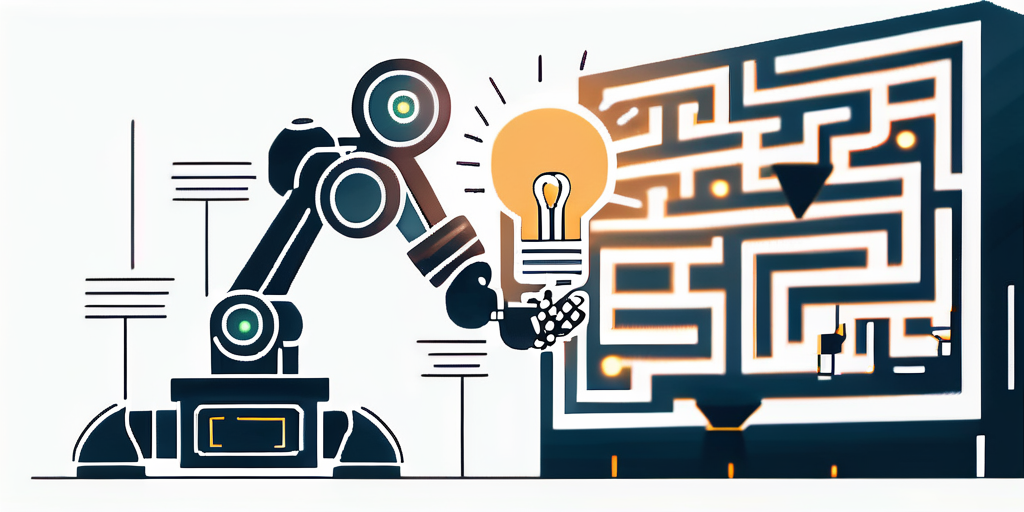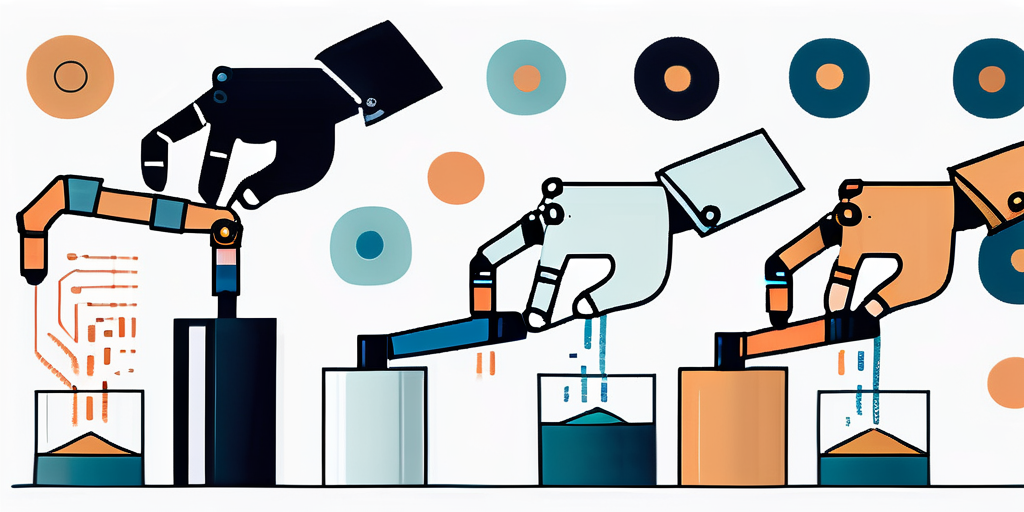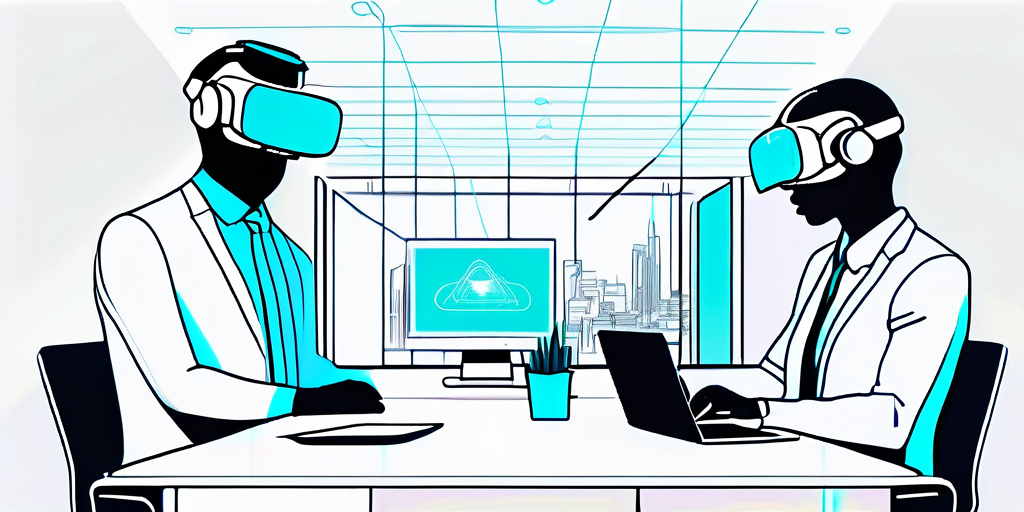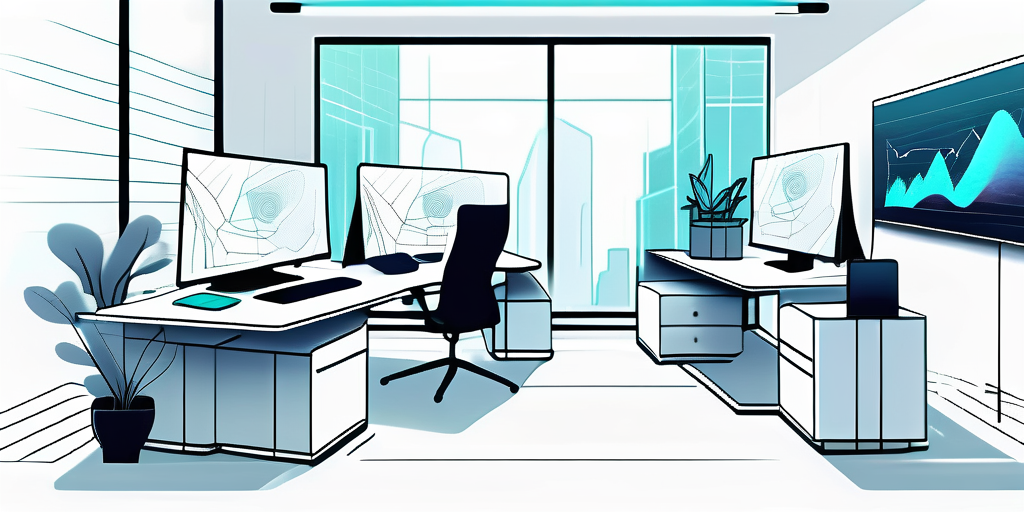In recent years, the rise of digital nomadism has captivated individuals seeking freedom, flexibility, and adventure in their work and travel experiences. These intrepid souls have embraced technology to unlock a lifestyle that seamlessly blends professional pursuits with exploring new horizons. In this article, we will delve into the phenomenon of digital nomadism, exploring its origins and the ways in which technology has revolutionized remote work culture. We will also discuss the tools and platforms that enable seamless collaboration for remote teams and provide tips for successfully balancing work and travel. Moreover, we will shed light on the financial considerations one must take into account when embarking on a nomadic journey. So, grab your digital devices and join us as we explore the world of digital nomads.
Exploring the Rise of Digital Nomadism
The advent of the internet and advancements in technology have played pivotal roles in the emergence of digital nomadism. With laptop in hand and a stable internet connection at their disposal, individuals are no longer bound to a fixed physical location for their work. This newfound freedom has allowed people to break away from the traditional nine-to-five grind and embrace a lifestyle of perpetual adventure and exploration. Digital nomads can now work from anywhere in the world, connecting with clients and colleagues across continents while savoring the beauty and culture of different destinations.

One of the key drivers behind the rise of digital nomadism is the increasing availability of co-working spaces and community hubs tailored to remote workers. These spaces provide a sense of belonging and camaraderie for individuals who would otherwise be working in isolation. From bustling urban centers to tranquil beachside retreats, co-working spaces offer not just a desk and Wi-Fi, but also networking opportunities, skill-sharing sessions, and a supportive environment conducive to productivity and creativity.
Furthermore, the digital nomad lifestyle has sparked a renaissance in the travel industry, with a growing number of accommodations, services, and experiences catering specifically to this nomadic demographic. From co-living spaces designed for communal living to travel insurance tailored for remote workers, the infrastructure supporting digital nomadism continues to evolve and expand. This trend not only reflects the shifting preferences of modern workers but also presents new economic opportunities for businesses in the tourism and hospitality sectors.
The Evolution of Remote Work Culture
As the number of digital nomads continues to grow, so too does the remote work culture. Companies are increasingly recognizing the benefits of offering remote work opportunities, such as increased productivity and employee satisfaction. The use of project management tools, communication platforms, and video conferencing software has become commonplace, bridging the gap between team members scattered across the globe. With the evolution of remote work culture, traditional office spaces are being reimagined, giving rise to coworking spaces tailored to meet the needs of nomadic professionals.
Furthermore, the shift towards remote work has led to a reevaluation of work-life balance, with employees enjoying greater flexibility in managing their schedules. This flexibility has not only improved job satisfaction but has also contributed to a reduction in employee turnover rates. Additionally, the remote work culture has sparked a wave of innovation in the design of home offices, with ergonomic furniture and advanced technology becoming essential components of a productive workspace.
Moreover, the rise of remote work has prompted a redefinition of leadership styles, with managers focusing more on results and outcomes rather than traditional notions of supervision. This shift has fostered a sense of autonomy and trust among team members, leading to a more collaborative and dynamic work environment. As remote work continues to gain popularity, it is reshaping the future of work by challenging conventional norms and inspiring new ways of thinking about productivity and success.
Tools and Platforms for Seamless Remote Collaboration
To ensure effective collaboration despite physical distances, digital nomads rely on a variety of tools and platforms. Project management tools like Trello and Asana assist in organizing tasks and deadlines, while communication platforms such as Slack and Microsoft Teams facilitate real-time discussions and file sharing. Video conferencing software like Zoom and Google Meet bring team members face-to-face, fostering a sense of connection and camaraderie. These tools and platforms have become the lifeblood of remote collaboration, enabling seamless communication and bridging the gap between coworkers who may be thousands of miles apart.
In addition to these essential tools, cloud storage services like Google Drive and Dropbox play a crucial role in remote collaboration by providing a centralized location for storing and sharing documents, presentations, and other files. This ensures that team members have access to the most up-to-date information regardless of their physical location. Furthermore, collaborative editing tools such as Google Docs and Microsoft Office Online allow multiple users to work on the same document simultaneously, promoting teamwork and efficiency.
Moreover, virtual whiteboarding tools like Miro and Mural have gained popularity among remote teams for brainstorming sessions, idea generation, and visual collaboration. These platforms enable team members to create and share digital whiteboards where they can jot down ideas, sketch diagrams, and map out strategies in real-time, replicating the experience of an in-person brainstorming session. By leveraging these innovative tools, remote teams can enhance their creativity and productivity, despite being geographically dispersed.
Balancing Work and Travel: Tips for Success
While the prospect of working and traveling simultaneously may seem idyllic, it is not without its challenges. Maintaining a healthy work-life balance is crucial for digital nomads to sustain their productivity and well-being. Creating a structured schedule, choosing accommodations with conducive work environments, and setting boundaries between work and personal life are all essential for success. Furthermore, immersing oneself in the local culture, striking a healthy balance between work and leisure activities, and maintaining regular physical exercise can contribute to overall well-being and fulfillment.

Flexibility is key when it comes to balancing work and travel. Digital nomads have the luxury of shaping their own itineraries, allowing them to explore at their own pace and make the most of their surroundings. Embracing the spontaneity and unpredictability of travel, while simultaneously meeting professional commitments, is a skill that digital nomads hone over time and adds richness to their adventurous lives.
Additionally, incorporating mindfulness practices into daily routines can greatly enhance the experience of balancing work and travel. Taking time for meditation, deep breathing exercises, or yoga amidst new and inspiring landscapes can help digital nomads stay grounded and focused. These practices not only promote mental clarity and emotional well-being but also encourage a deeper connection with the places being visited.
Another aspect to consider is the importance of networking and building relationships while on the road. Engaging with local communities, attending meetups or coworking events, and connecting with other like-minded individuals can not only expand professional opportunities but also provide a sense of belonging and support during travels. Building a network of fellow digital nomads and locals can lead to valuable collaborations, friendships, and a deeper understanding of different cultures.
Financial Considerations for a Nomadic Lifestyle
Embarking on a nomadic lifestyle requires careful financial planning. While the cost of living can vary significantly depending on the destination, digital nomads must anticipate expenses such as accommodation, transportation, meals, and healthcare. Creating a budget and setting aside savings for emergencies is crucial for maintaining stability while on the move.
Moreover, digital nomads must consider their tax obligations, insurance coverage, and retirement plans. Seeking professional advice from tax consultants and financial planners specialized in the unique circumstances of digital nomads is essential to navigate the complexities of financial management while living a nomadic lifestyle.
Ultimately, digital nomadism offers a lifestyle that blurs the boundaries between work and travel, empowering individuals to live life on their own terms. Through the utilization of technology, the rise of remote work, and the advent of innovative collaboration tools, the world has become a playground for those seeking to embrace the digital nomad lifestyle. So, whether you dream of sipping coffee in a bustling European café or working from a hammock on a remote tropical beach, the possibilities are endless, and technology has made it all possible.
Living a nomadic lifestyle can also provide unique opportunities for personal growth and cultural immersion. By constantly moving from one place to another, digital nomads have the chance to broaden their perspectives, learn new languages, and immerse themselves in diverse cultures. This continuous exposure to different ways of life can lead to a deeper understanding of the world and a greater appreciation for diversity.
Furthermore, the flexibility of a nomadic lifestyle allows individuals to tailor their surroundings to maximize productivity and creativity. Whether it’s working from a bustling co-working space in a vibrant city or finding inspiration in the tranquility of nature, digital nomads have the freedom to choose environments that fuel their passion and drive.
